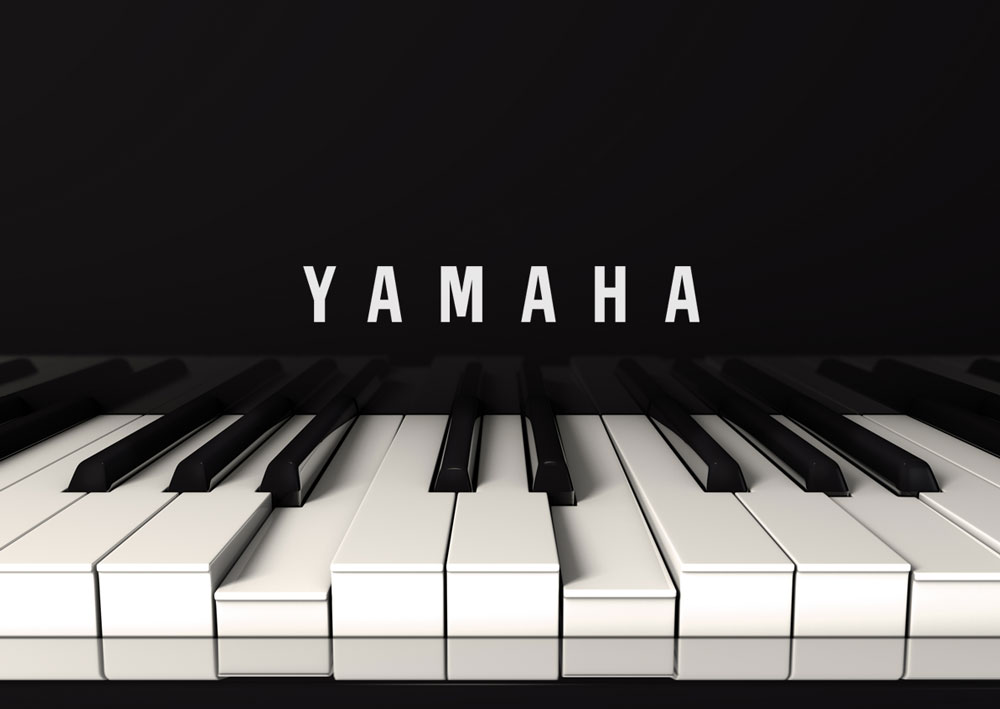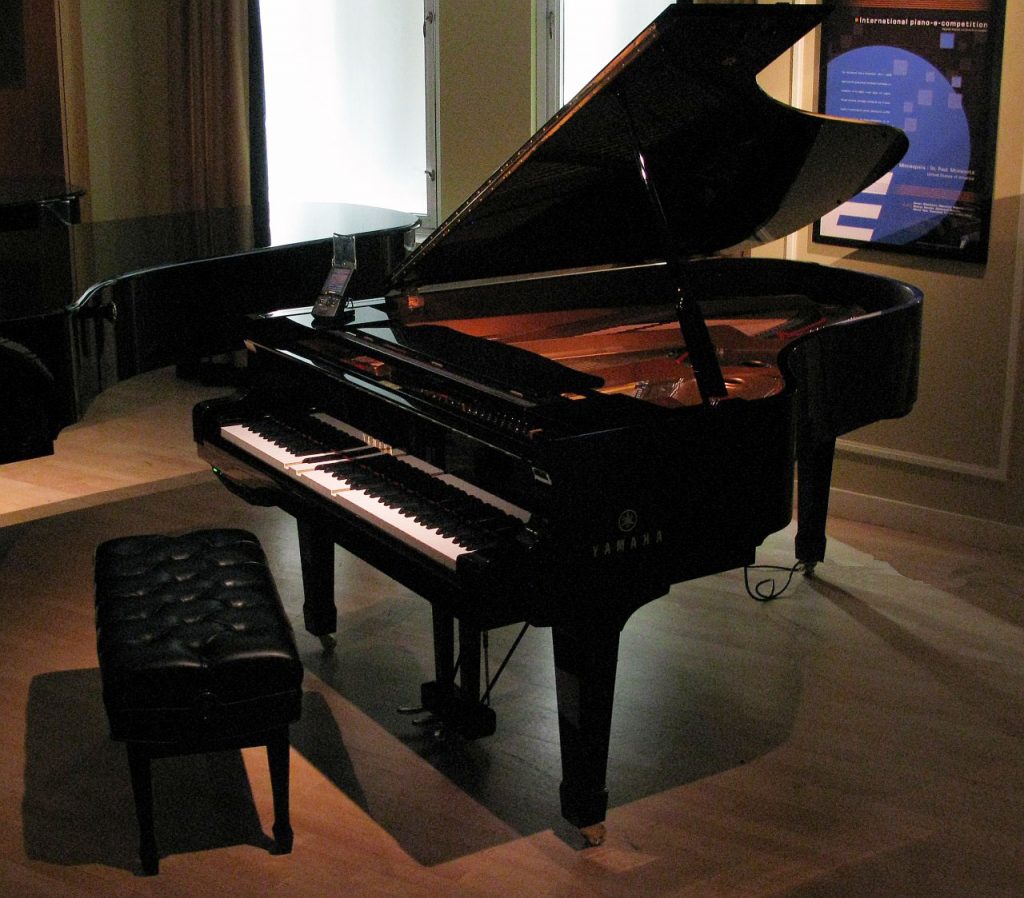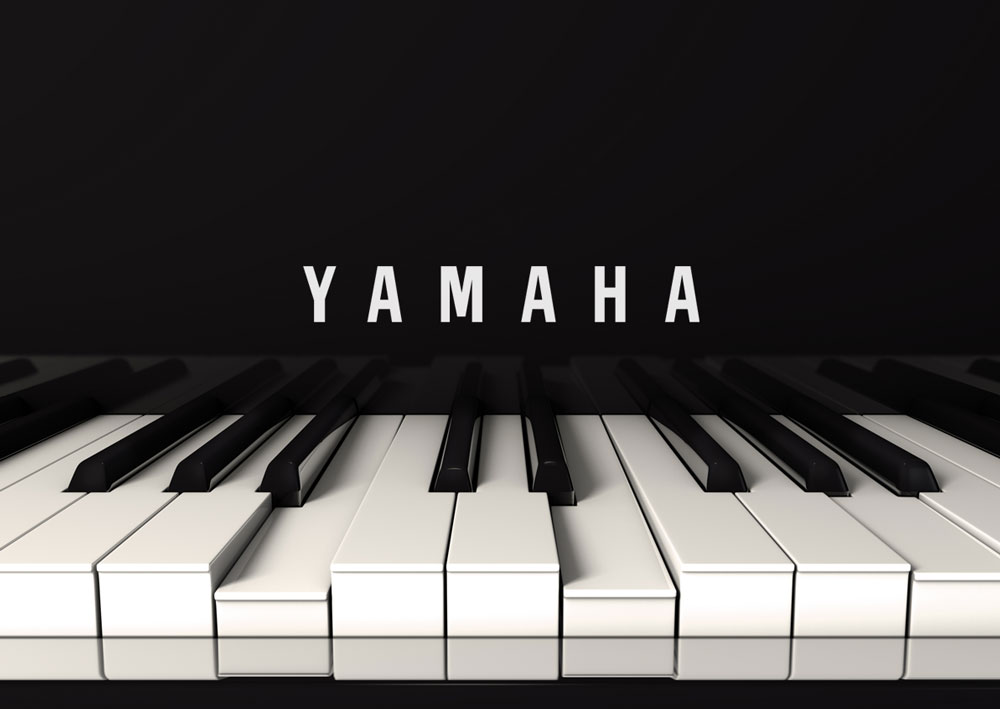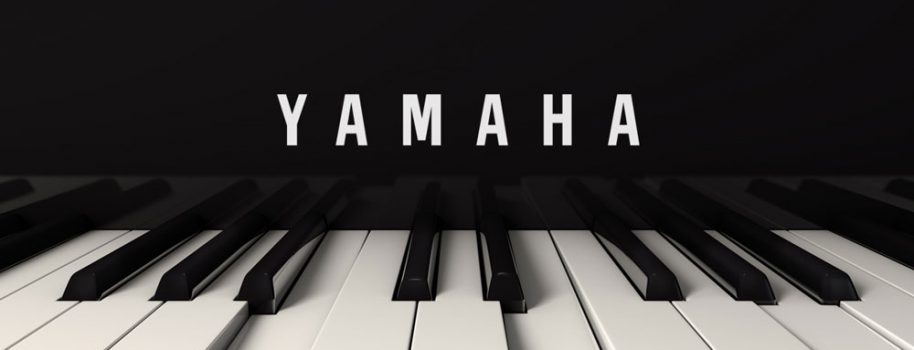Are you planning to buy a new instrument? Are you considering buying a new Yamaha with the Disklavier function? If so that’s great, because for people like you, we’ve put this article together to show you the difference between a Disklavier piano and a traditional piano. So if you are interested, don’t wait any longer and continue reading now.

What is a Disklavier piano?
Disklavier is nothing less than the innovative system that Yamaha’s advanced pianos have. Although the current Disklavier units are considered to be among the most technologically advanced pianos by far, it should be made clear that work on this system has been going on for over 25 years. The first Disklavier piano dates back to 1987.
What is the difference between a traditional piano and an instrument equipped with the Disklavier function? Well, Disklaviers have electronic recording sensors and the ability to autoplay songs. All Disklaviers also have an internal memory to record the pianist’s playing. Nowadays, a Disklavier is much more than a piano with the function of playing a recorded melody on its own. Pianos equipped with the above mentioned system are true technological gems enclosed in a beautiful case of a classical piano or grand piano.
Types of Disklavier systems
Today, the Disklavier system has had many versions and types. The most popular include the Mark II, Disklavier PRO, E3 and ENSPIRE.
Mark II
As for the Mark II, it saw the light of day in 1992. An innovation in its case was the possibility of supporting Standard MIDI Files. Another novelty was the playback of music along with the pedal shot. However, the Mark II was quickly replaced by a related system, the Mark IIXG. The Mark IIXG supported floppy disks and had built-in memory, a sound system generator and many more new features.
Disklavier PRO
After the Mark II system, it was time to introduce something fresh into the keyboard instrument market with the Disklavier PRO. In this case, the manufacturers focused primarily on recording quality and playback dynamics. Songs automatically played back by an instrument equipped with Yamaha Disklavier PRO were much more refined. The device took into account hammer dynamics, speed and even key movements, which ultimately did not produce any sound effects.
E3
The next iteration of Yamaha Disklavier was the E3, which was introduced in 2009. Initially the E3 was used in small devices, but it quickly gained popularity and began to be introduced in almost every new device. The E3 was definitely a cheaper option than, for example, the new MARK IV. This had to do primarily with the weaker recording system. However, the E3 was quickly upgraded with slightly better components. By owning a Disklavier E3 piano such as the GB1 E3, you can connect it to other iOS devices and keep the system updated.
ENSPIRE
Currently, the most popular system is undoubtedly ENSPIRE and its derivatives. Thanks to the built-in ENSPIRE system, your instrument is able to turn almost any room into an individual concert hall. You think it’s impossible? This is just one example of how the Disklavier will completely change the way you look at your piano instrument.
What is special about the Disklavier system is that it can play a selected melody on its own. This is all thanks to the isRadio system, which downloads the content it needs when it receives access to the internet. Although automatic melody playback is possible on many types of electric pianos, it should be clear that this process has so far been limited to a dozen or so songs uploaded to the device – with Disklavier, we are talking about 500 songs permanently stored in memory and unlimited access to the internet database. The Empire system makes sure that the sound quality is as high as possible, so in rooms that are not suitable for acoustic concerts, the device is filled with the concert sound of a Yamaha CFX piano.

Why choose the Disklavier system?
Devices equipped with the Disklavier system are an ideal solution both for beginners, who are just beginning their adventure with playing, and for more advanced pianists. Thanks to the many functions available, you can record and play back your favourite melodies, while learning or adding your own background. This option also allows you to build up the polyphony of a piece. Such devices are currently used in professional studios, music schools, elegant hotels and restaurants, as well as in homes.
The most popular Yamaha models with Disklavier
The Disklavier system is used in both upright and grand pianos. Speaking of this type of equipment, we cannot forget about a classic, which is the DGB1K ENST. This is a model that is definitely better suited to children and young people, but it shouldn’t be disregarded during adulthood when we are just starting to play. Other pianos worthy of attention are the DGC1 Enst, usually equipped with the ENSPIRE system, and the DC3X EN pro.
Moving on to upright pianos, it is worth paying special attention to the DU1 E3 model. The Disklavier Piano DU1 E3 is able to play music from your own disc, from a CD, and also from the internet. The piano has an excellent quality speaker built into the device. The DU1 ENST, which is equipped with the Disklavier ENSPIRE ST system and modern Silent technology, could be competition for this model.
Other self-playing systems
Although Yamaha is now recognised as the undisputed leader in the production of keyboard instruments, it should be noted that other systems with recording and autoplay functions are also currently available on the market. These include, among others:
- PianoDisc found in Mason & Hamlin instruments,
- QRS PNOmation, which can be found in Story & Clark,
- or Steinway & Sons Spirio.



Ahaa, its nice dialogue regading this post at this place
at this webpage, I have read all that, so now me also commenting at this place.
Glad you are enjoying the discussion! 🎶 Do you have any experience with Disklavier or standard Yamaha pianos? I would love to know your opinion!
I have a yamaha disklavier mark II and the electronik unit need repair.
I need some one near Montreal
Please give the tel. and name.
Thanks, Jean Guy Rocheleau
Dear Jean Guy Rocheleau,
please send me more details about your problem with this Yamaha disklavier on anna@klaviano.com.
We will try to contact piano specialists from Montreal, who will be able to help you.
Regards,
Anna